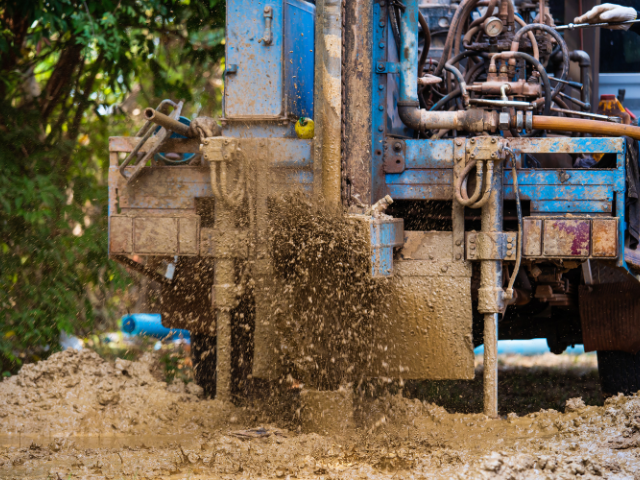

Two significant processes in oil well completion include casing flow and casing and tubing flow. Each function is fundamental for achieving adequate oil flows for conventional completions. Below, we discuss the differences between casing flow and casing-tubing flow and offer insight into how the processes work inside the well.
During a normal well production process, the tubing lowers into the well and directs the oil flow to the gathering site. If the well functions as a coal mining well, a combination of tools is necessary, such as a sucker rod, oil pipe, and well pump. This helps pull the flow of oil to the ground, entering the gathering site from here.
Conventional completions use tubing inside the casing, which allows the oil flow to reach the surface or the ground. Sometimes, the tubing serves as a chemical injection kill string and may have a nipple-like end that offers pressure testing capabilities.
When the drilling process is complete, the casing lowers into the well, and workers cement it to the well wall. This cement seal serves as a strong foundation for precise perforations. A perforating gun creates aligned perforations in the designated layers, allowing the oil flow to pass through the cement ring and rock layers and directly into the well casing.
The cement-sealed casing inside the well serves as a reinforcement layer to reduce or eliminate a collapse in the formation. Additionally, separation occurs with the casing to create a clear division of water and oil layers and assists in achieving stratification. Directing the casing flow is a significant step in the well-completion process.
Though each process is essential to the completion of a normal oil well, the differences between casing-tubing flow and casing flow reside in the order of operations and intent behind each component. After the positioning of the well, workers cement-seal the casing flow to the well wall. The tubing goes inside the casing, and a downhole production tool often accompanies the tubing. It’s common for the tubing to include a packer and a pump.
Choosing the proper equipment and understanding their differences is a significant part of oil well completion projects and safety. With this guide, you know the differences between these two steps and can ensure ideal safety practices on or off a rig.
24World Media does not take any responsibility of the information you see on this page. The content this page contains is from independent third-party content provider. If you have any concerns regarding the content, please free to write us here: contact@24worldmedia.com
